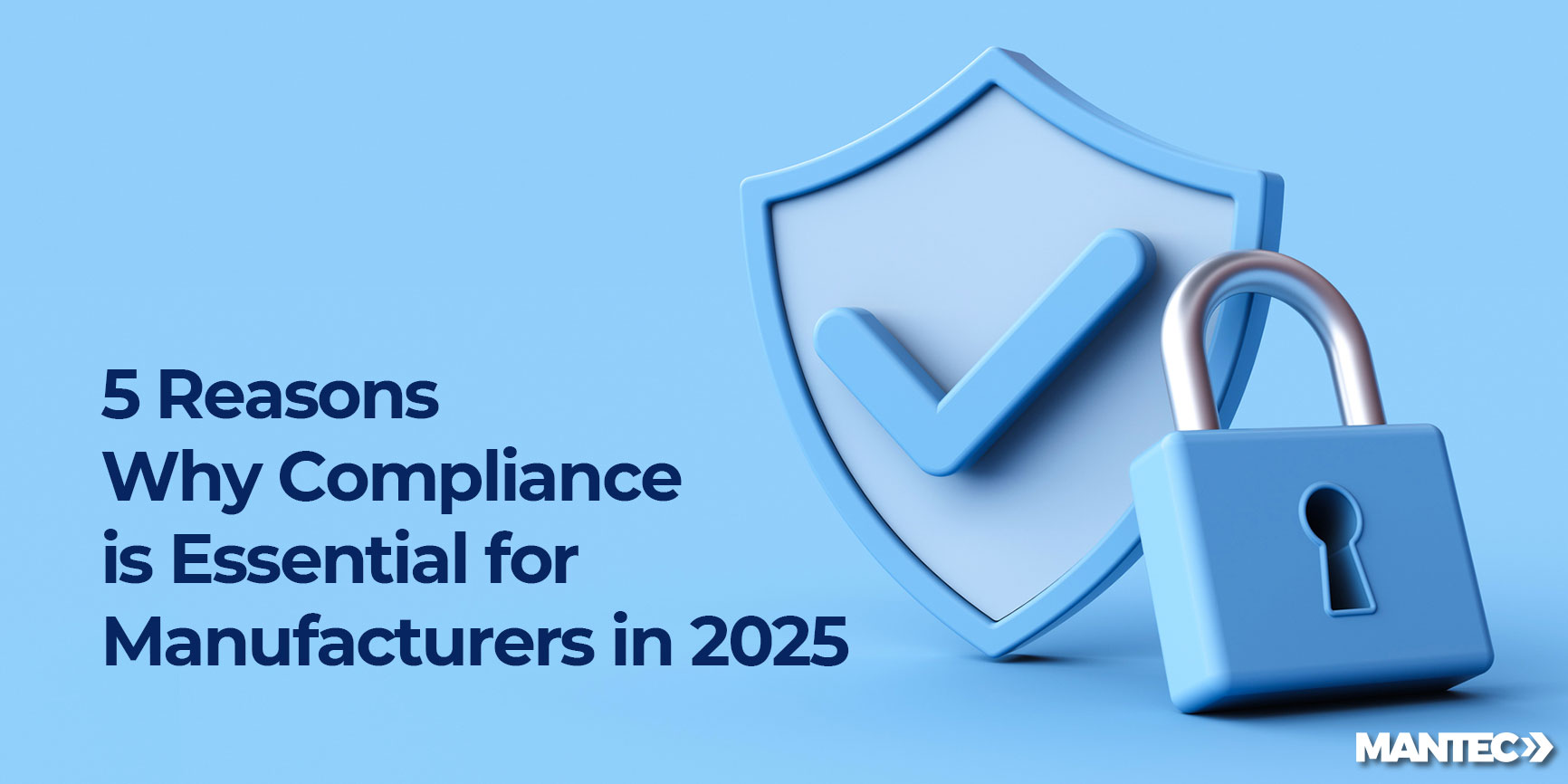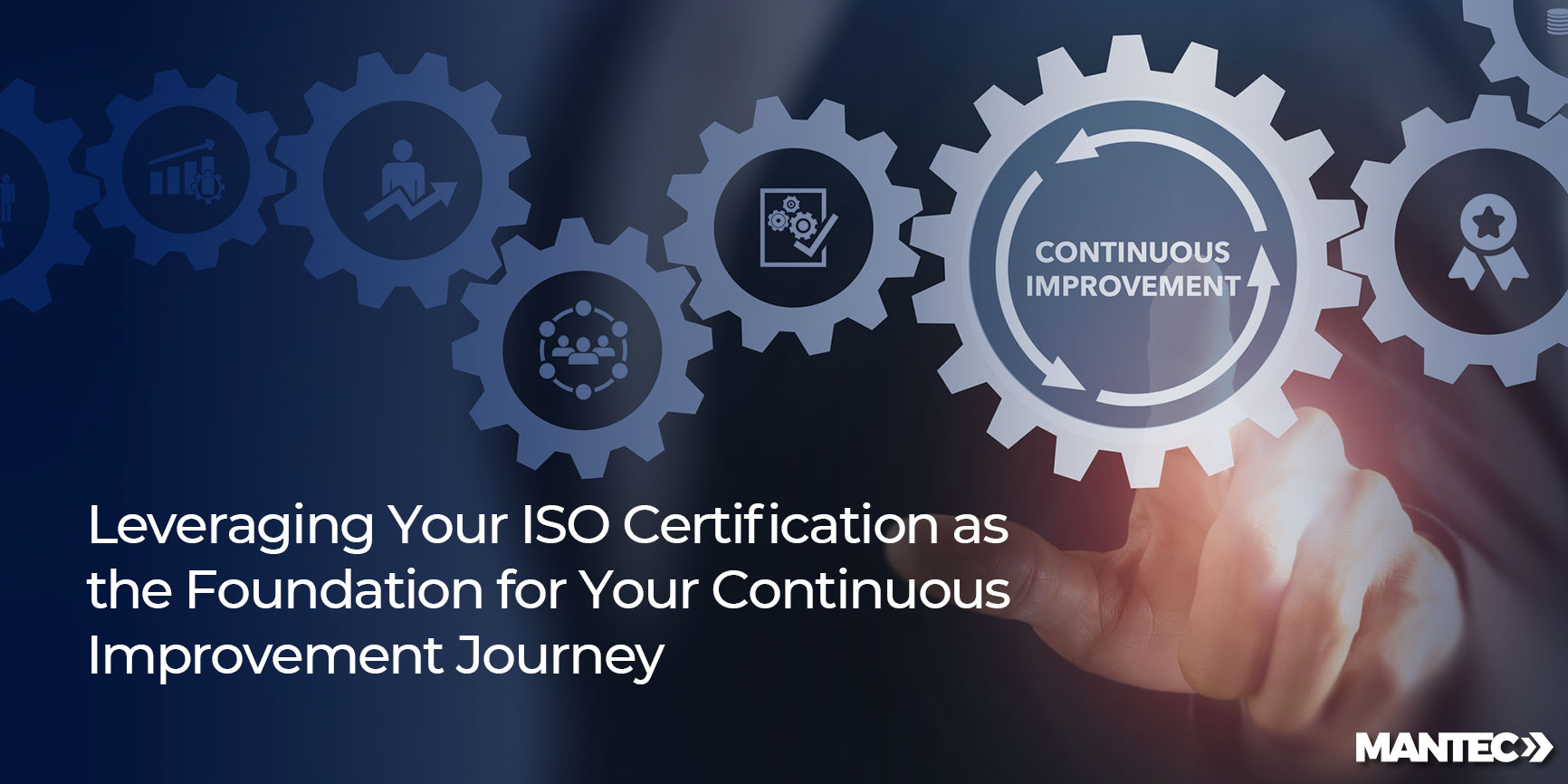In the fast-paced world of manufacturing, staying ahead often means embracing change. Soon, the only…

Quick Links
Structure Onboarding Around Individuals
Assist and Challenge Employees’ Learning
Continue to Grow the Process
Get Help With Your Onboarding
Onboarding usually refers to bringing new hires onto a team or business for the first time. In most cases, the onboarding process sees employees watch several training videos and be overwhelmed with boatloads of information, only to start the actual job a few weeks in and never learn anything new after that.
For most workers, however, this is not a particularly effective way of teaching employees about the workplace. And especially in the manufacturing industry, having employees who aren’t reliably taught the necessary information could result in a high number of workplace injuries.
Continuous onboarding is the response to this problem. It refers to an onboarding system that doesn’t end after the first week or month but carries on throughout an employee’s career. It starts when they’re first hired, serving as an introduction to the job, but then provides a way for them to continue to grow years down the road.
It also tends to take greater care in handling the introduction, giving new employees a smoother transition into their time with the company, and encouraging them to stay there for a long time. Here are some of the best practices for how to do continuous onboarding.

Structure Onboarding Around Individuals
One of the most effective ways to implement continuous onboarding is to let individual employees be the focal point in determining what their onboarding experience will look like. Good continuous onboarding is structured over time and lays out a plan for the future of employees’ careers, so let the employees themselves have a role in deciding what that will look like for them.
Get to Know Them
Start the onboarding process simply by getting to know your new employees. That means learning a new hire’s skills as well as who they are as a person. Establish connections with people first and foremost. Take advantage of this time to get a feel for who an employee is. Learn about their strengths and weaknesses, the way they conceive of their future career path, the things that attract them to the job.
Customize the Process
Only after establishing these relationships should you move on to teaching them about their job and the details of the organization. Use what you learned about them previously to help with this teaching process. There will certainly be many standard elements that everyone in that job needs to learn, but don’t limit the employee to these materials.
Try to structure their learning process around who they are. What most interests them about the job? What could they use extra help with? Use questions like these as guidelines for building an onboarding path that will keep them engaged and informed, and that will prove genuinely helpful to them on the job.
Include Them in Decisions
This approach to onboarding necessarily involves including the employee in the decisions you make. Talk to them openly about this process, asking what they hope to gain from onboarding and incorporating feedback from them about the steps they’ve already completed. The bigger a role your employees have in creating their onboarding paths, the more engaged they’ll be as they go through them. This engagement will foster a stronger investment in the company for them, leading to greater employee retention.

Assist and Challenge Employees’ Learning
One of the issues with traditional onboarding processes is that they don’t challenge employees. They tend to be bland, generic and often irrelevant to much of what the employees end up doing. A good onboarding system will challenge employees as they go, finding ways to apply their learning to their actual work and help them retain the information as they go.
Put Them on the Floor
An easy way to challenge employees is to put them to work on the floor while they’re still in the midst of their initial onboarding. Rather than barricading them in an office and having them read over swaths of text they don’t understand before actually setting them to work, show them their work environment early on.
Familiarize them with where they’ll be working, with the tools they’ll use, with the people they’ll interact with regularly. By letting them spend some time in that setting each day, you’ll help them to better understand what they’re learning in their onboarding materials.
Use Competition
Adding more overt challenges to the learning process can also be helpful. Taking an easy quiz at the end of each training video won’t tend to engage employees, but if they feel that they have legitimate challenges to overcome, they’ll likely be more motivated to work through their onboarding. You can offer prizes or cash incentives, or create a chart showing “the road to a promotion” and how it can be sped up by engaging with onboarding.
One way of incentivizing is to use competition. If you “gamify” learning tasks, letting employees work against each other in friendly tournaments related to their onboarding subject matter, you’ll provide a stronger incentive for them to truly learn the material and put some of that knowledge to use. These activities will also strengthen relationships between co-workers.
Continue to Grow the Process
Just as the onboarding process continuously improves the strengths and knowledge of your employees, you should work to continuously improve the process itself. You won’t be able to generate a good onboarding system overnight. Even once you have something good enough to start putting into action, it will still be in constant need of refinement.
Ask Experienced Employees
One of the best things you can do to grow your onboarding process is to talk to your employees who have already completed much of it. Ask them what worked for them and what didn’t. Ask them what they think it’s missing and what they think it doesn’t need. These employees, having gone through the process themselves, are the best resource you have for determining the strengths and weaknesses of your process.
Observe New Hires
Another thing you can do is observe new hires in the process of completing the initial stages of the process, and see how much improvement they make. Look for the things they have the most trouble with on the job. If there’s a particular problem they all seem to struggle with even after initial onboarding, that indicates an area you could build on.
After you’ve acquired all of this feedback, go implement it. Work in new parts of the process or do away with old ones as needed. Repeat this refinement every so often over time, and within a few years, you’ll have an onboarding system capable of generating some of the best employees you could ask for.
Get Help With Your Onboarding
Putting these practices into action will do a lot to improve your manufacturing onboarding process, but there will always be ways to make it better, and sometimes it’s hard to know where to start.
As one of Pennsylvania’s top manufacturing consultants, MANTEC can help you devise the onboarding system your company needs to teach your employees everything you want them to know. No matter the size of your business, we can provide the support to boost you to new heights.
To begin your consultation process, get in touch with us today.



